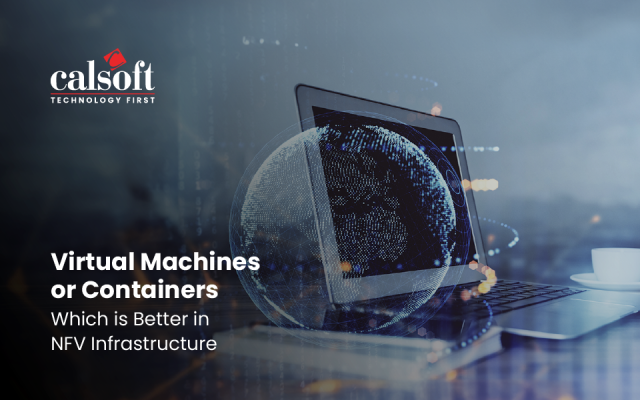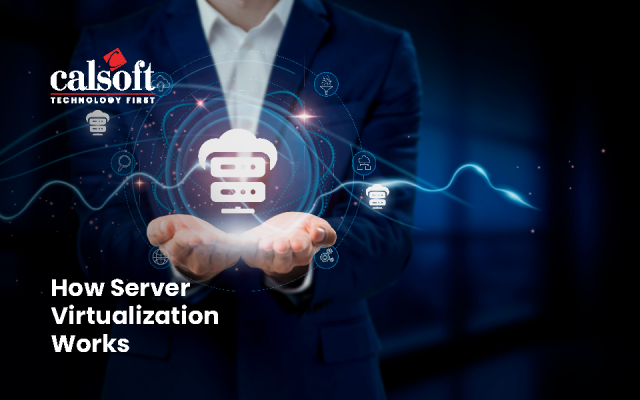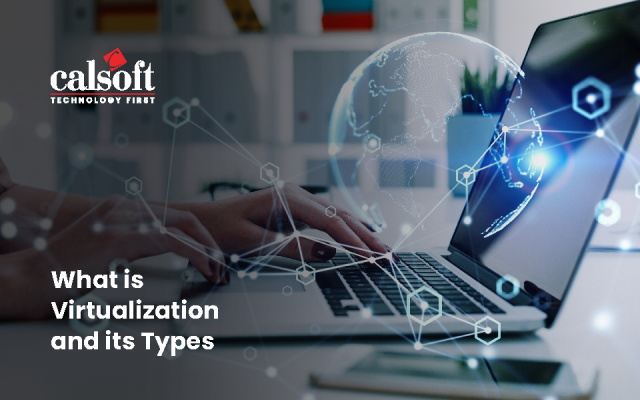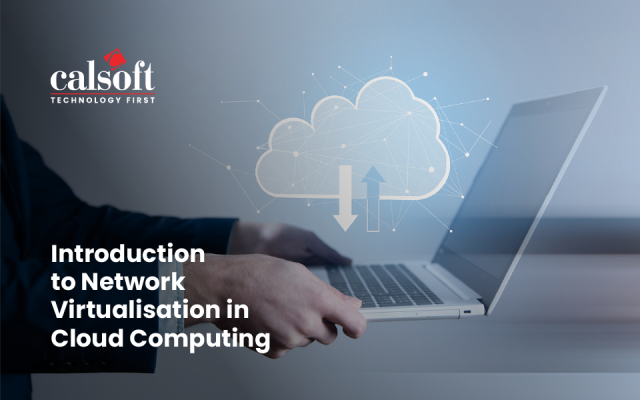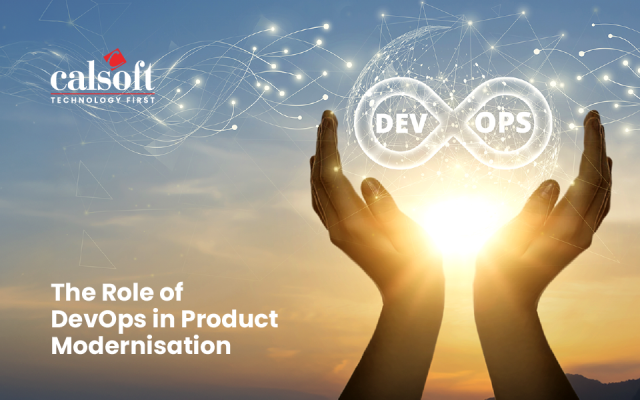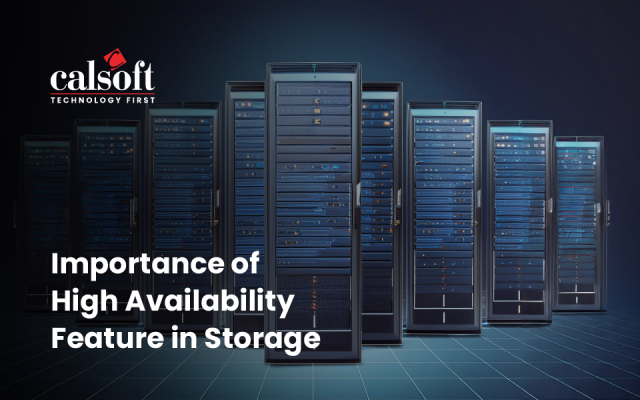It is time to shift gears and move beyond legacy systems, products, and technologies. Well, yes you got this right, we are talking product modernization. In an era where digital transformation is crucial for success, modernizing software products has become essential. As the pace of technological change accelerates, businesses are adopting product modernization to harness impactful benefits and drive innovation. By integrating newer technologies, companies can enhance efficiency, stay competitive, and pave the way for sustained growth.
According to an interesting study by Gartner, 76% of Chief Information Officers (CIOs) report increased demand for new digital products or services during the pandemic, and 83% expect this demand to rise further in the coming years.
As software portfolios weaken with time, they are likely to loosen aspects like business fitness, innovation, and flexibility, which poses a risk of increasing expenses, and operational complexities. However, the need of the hour for technology leaders is to evaluate the R5 framework that consists of strategies like Rehost, Re-platform, Refactor, Rebuild, and Replace. A mindful mix of these strategies can help businesses derive the best course of action for modernizing software products based on needs, limitations, and goals. Dive into our blog to explore the need for product modernization for business growth, understand different ways of product modernization, Gartner’s TIME Framework, and more.
Understanding Product Modernization
Product modernization is a recurring process, that aids businesses to match the pace of the ever-changing industry. By applying the latest technologies, models, and methodologies, businesses can breathe new life into their software lineage, live up to user expectations, and stay up to date with market demands. By embracing software product modernization services, businesses can deliver an elevated and holistic experience to users. Additionally, by addressing technical debt and integrating new features, businesses can extend the lifecycle of their products, increase their relevance, and drive sustained growth.
At the same time, it is essential to have an idea about the different types of product modernization that align with your business goals. There are two primary types: incremental and radical modernization.
Incremental Modernization
Incremental modernization involves gradual, step-by-step improvements to a product. This low-risk approach includes adding new features, enhancing the user interface and experience, fixing bugs, improving performance, and upgrading the technology stack. While it may take longer to see significant results, incremental modernization allows for continuous enhancement and refinement without major disruptions to the existing system, ensuring stability and steady progress.
Radical Modernization
Radical modernization entails substantial, all-at-one changes to a product. This high-risk, high-reward approach can quickly deliver impactful results. It involves re-architecting the product from scratch, migrating to a new technology platform, consolidating multiple products into one, or introducing a groundbreaking, market-disrupting innovation. While this strategy can accelerate transformation, it also carries greater risks and potential disruptions to the current system.
Now that there is a fair idea about the different types of product modernization, let’s understand the different methods that can drive product modernization initiatives for businesses.
Different Methods to Drive Software Product Modernization
Before we dive into understanding different ways to modernize your software product, it is important to know that product managers play a crucial role in steering product modernization for any business. Responsible for factors such as meeting market demand, enhancing customer experience, and strengthening security, the must-haves they need to take care of are to assess and prioritize updates based on customer demands, market trends, and more. Their leadership in this process is crucial for extending the product’s lifecycle, maintaining the relevancy quotient, and driving continuous business growth.
The image below gives a snapshot of what product managers should focus on:

Modernizing software products is not easy. It demands research, in-depth analysis of the current systems, understanding nuances of the software development lifecycle, user needs, and an eye to select the right technology to do the job. However, it is inevitable for technology leaders to plan and act to ensure a smooth transition without disturbing business continuity.
So, without any further ado, let’s look at the different ways software product modernization can be done.
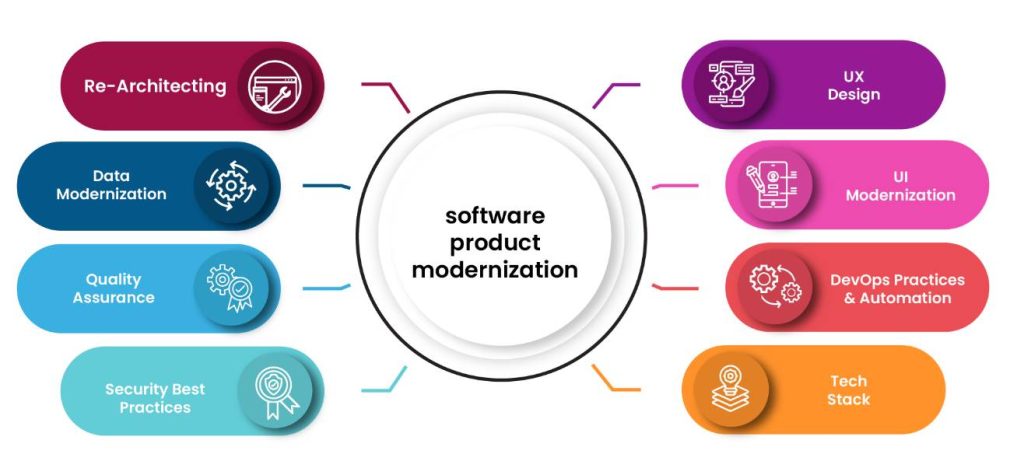
Re-Architecting: In contrast to activities such as refactoring, re-platforming, or rehosting, this process focuses on reorganizing and optimizing the existing code. This often involves adopting microservices, breaking down monolithic applications into smaller, independent services for enhanced flexibility and scalability. Additionally, integrating cloud-based infrastructure provides agility, automatic scaling, and high availability, enabling rapid innovation and efficient resource utilization. By combining microservices and cloud solutions, re-architecting creates a robust, scalable architecture that supports evolving business needs.
Data Modernization:
Data modernization can radically transform business intelligence and decision-making. In the fast-moving era, businesses need to move with speed and agility to develop new products and services. By deploying real-time data analytics and insights, companies are better positioned to refine ideas and innovate rapidly.
Data modernization is primarily focused on transferring data to modern cloud architectures from siloed legacy databases. Modern data architectures empower companies to leverage data analytics to gain insights and use them more efficiently. As we know data is the new gold, but without a modernization strategy in place, your data will be distributed among silos, holding you from capitalizing on it.
Quality Assurance:
Modernizing software products significantly enhances software quality assurance. By updating outdated systems, organizations can leverage the latest testing methods, improve security with modern frameworks, and ensure better performance and scalability. Modernization also enhances user experience by incorporating user-centric design principles. Key modernization techniques include refactoring, adopting Agile or DevOps methodologies, integrating CI/CD pipelines, and using AI for defect detection. Despite the benefits, challenges such as cost, compatibility issues, and potential business disruption must be managed. Effective staff augmentation is crucial to optimize team capabilities and ensure a smooth transition.
Security Best Practices: Legacy software is prone to threats. By implementing software modernization, organizations can introduce built-in updating and security capabilities to protect workloads. Other best practices in this perspective can be disaster recovery, performance monitoring, and backups.
UX Design: A strong and seamless user experience is the need of the hour. By upgrading the UX quotient businesses can improve the overall usability, accessibility, and user experience of the current software. Modernizing the UX design can be counted as one of the best strategies to gain traction on your platform.
UI Modernization: UI is one of the most essential aspects in the modernization process. By working on improving the user interface of any software product, businesses can update the look and feel of their system and optimize content. Additionally, modernizing the software application by making it more responsive, intuitive, and interactive can go a long way. According to a report by Forrester, a modernized UI has the potential to improve conversion rates by 200%. You can check out how Calsoft helps businesses with UI Modernization.
DevOps Practices & Automation: With constantly changing trends and demands of the market, it is inevitable for companies to stay ahead of the curve. Including DevOps practices in software modernization helps focus on effective collaboration, seamless communication, automation, and faster issue remediation. Processes like Continuous Integration/ Continuous Delivery (CI/CD), security, and testing, that are a part of DevOps add a lot of value to the overall modernization process. Some of the key DevOps technologies that work the best in the software modernization process are cloud services, infrastructure automation, Kubernetes, and GitOps. On the other hand, automation can be the key driver for helping businesses understand the starting point of the modernization journey. Known as one of the core functions of the modernization roadmap, automation jumps at the forefront to rectify both skill shortages and business complexities. So, we can say that automation is the holy grail of the digital world. By leveraging the potential of automation in product modernization, businesses can automate repetitive tasks like testing, maintenance, and deployment and increase efficiency while reducing the chances of human error and speeding up time-to-market for new features and updates.
Tech Stack:
Another important aspect involved in the software product modernization journey is upgrading the tech stack. In simple terms tech stack or technology stack is an assortment of programming tools, libraries, and product modernization services when used together can revive the digital landscape for any business. The tech stack is not only an integral part of the ideal architecture but modernizing it can help meet ever-evolving IT requirements in the best possible way.
Glimpse of Gartner’s TIME framework
The TIME Framework by Gartner is a strategic methodology deployed in Enterprise Architecture Management, to evaluate the organization’s application portfolio. Once you have detected and collected information related to the legacy system, it is essential to prioritize. This is where the TIME framework comes into play. It classifies applications based on strategic value and takes note of the effort required to manage them effectively, helping modernization initiatives.

Tolerate: This refers to systems or apps that don’t offer the best business value but are extremely important.
Invest: This refers to applications that are valuable and justify future investment.
Migrate: This refers to applications that are serving the purpose but are the epicenter of problems and therefore need to be migrated.
Eliminate: This refers to applications that display poor performance and are no longer in sync with business activities.
Benefits of Product Modernization
Did you know taking up the right product modernization efforts at the right time can become the backbone of your business? Well, to harness the full potential of your digital ecosystem, modernization is the only solution.
Here are a few benefits software product modernization can bring to businesses:
Performance Enhancement:
Product modernization can be a game changer. It can significantly improve the speed, reliability, and effectiveness of software. Additionally, the boost in performance can help businesses operate more efficiently saving both time and money.
Reduction in Maintenance Cost:
Periodically updating legacy systems can reduce the need for frequent maintenance costs. As modern software is easier to manage, it is less prone to issues and results in a moderate amount of savings year on year. By controlling maintenance costs, businesses can allocate these funds toward more strategic functions.
Improved Security:
Modernization comes with a set of updated protocols that work as a protection layer against mischievous activities by cybercriminals. Where traditional and outdated systems are more prone to such attacks, incorporating newer and robust technologies offers advanced security measures. This drill helps reduce the risk of data breaches and improves the system’s overall health in terms of integrity and protection of sensitive business information.
Scalability
Modern software structures are designed to take care of growth in the best possible way. As businesses grow, their software needs increase proportionally, this is where product modernization plays a hero. It ensures systems can grow seamlessly, without hurting business continuity and compromising performance.
Cutting-Edge Features: As technology rapidly evolves, staying ahead of the competition translates to innovation. Modernization simplifies integrating new features, ensuring your software remains at the forefront of industry standards.
In a Nutshell
In a competitive and rapidly changing digital environment, legacy systems can feel like a burden. As newer technologies hit the market often, businesses might begin to feel their legacy systems are just weighing the overall operations and performance. So, the best way to deal with this is to sign up for product modernization services to give your digital landscape the much-needed makeover.
Calsoft has helped several businesses upgrade their product portfolio for a better UI, scalability, performance, and agility, with lowered risk and lesser efforts. If you are keen on modernizing your existing systems, with new-age practices and unparalleled expertise, explore our software product engineering services for more details.

